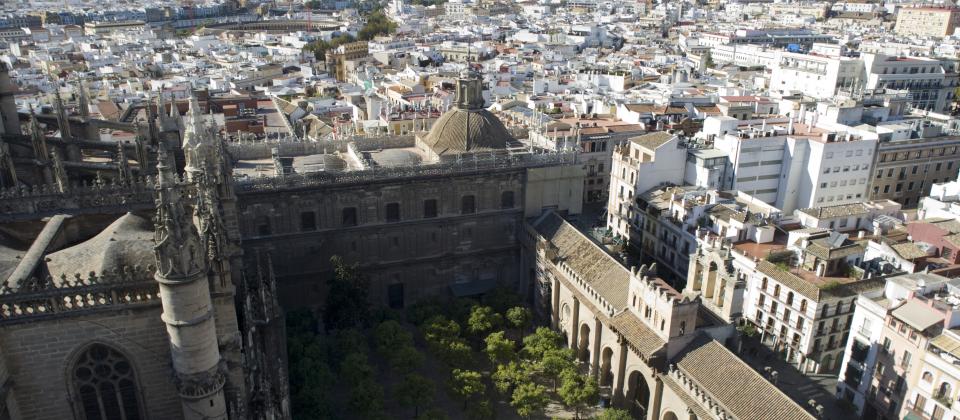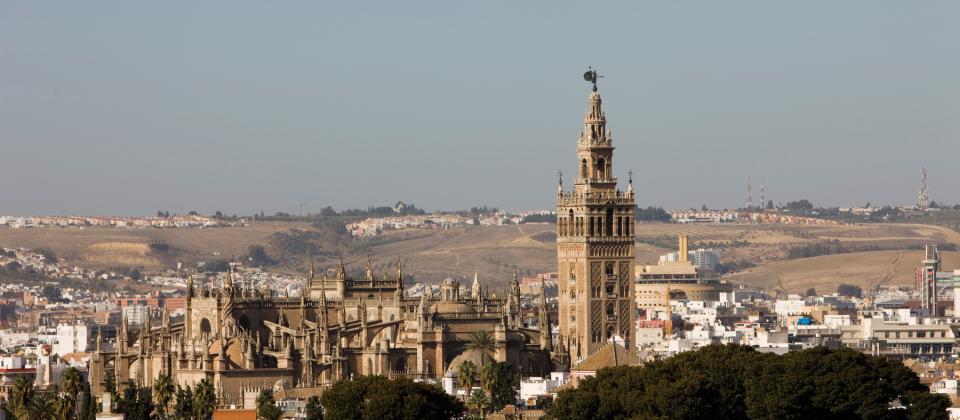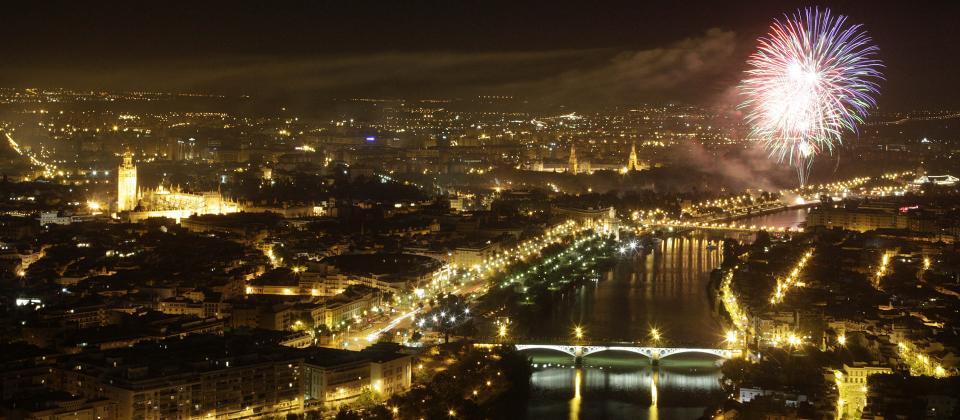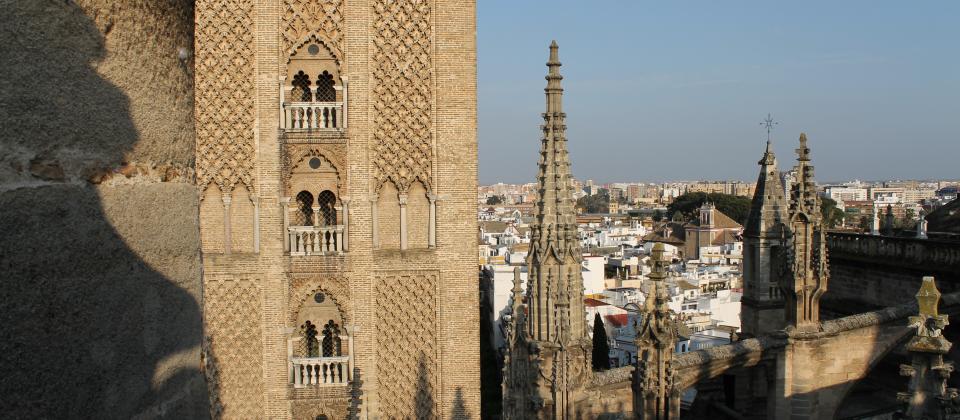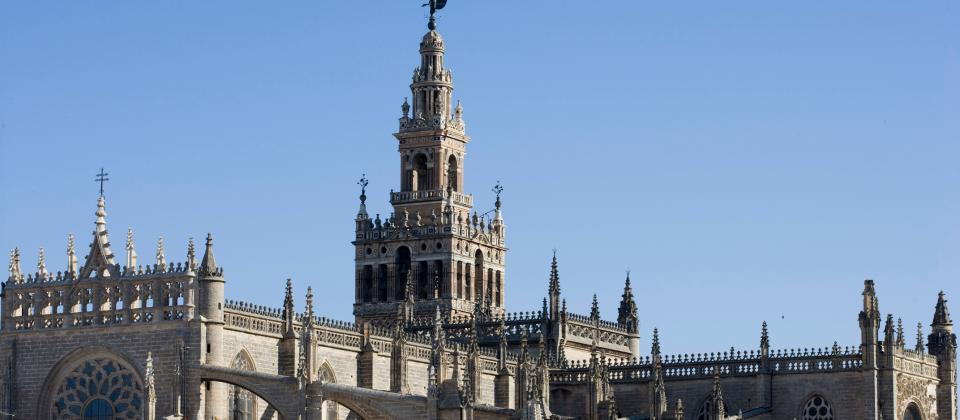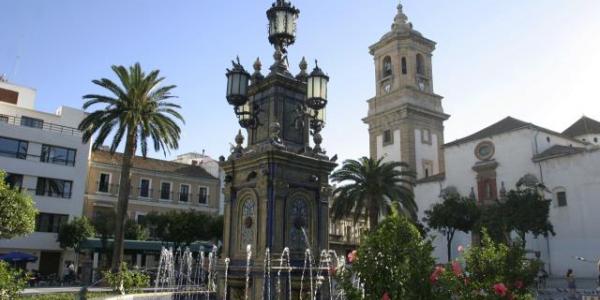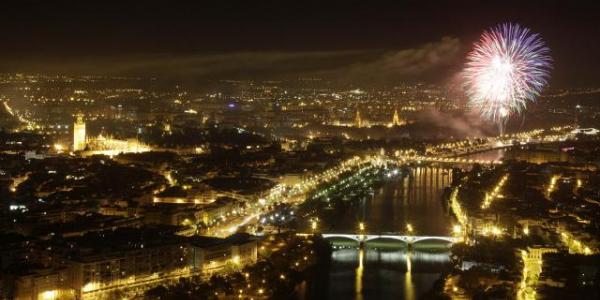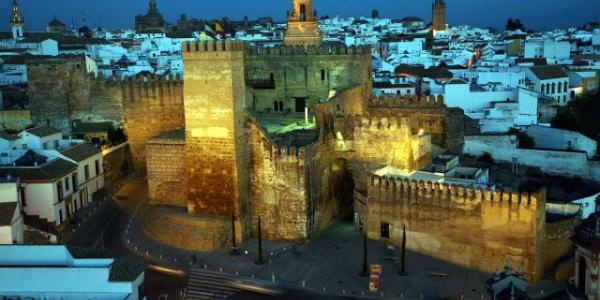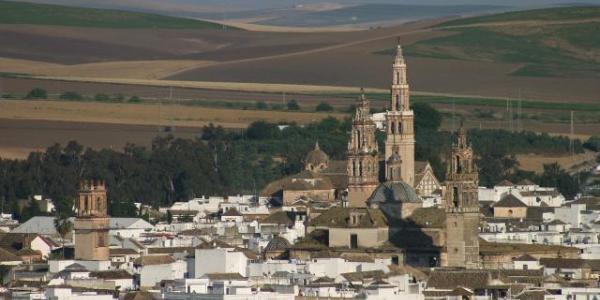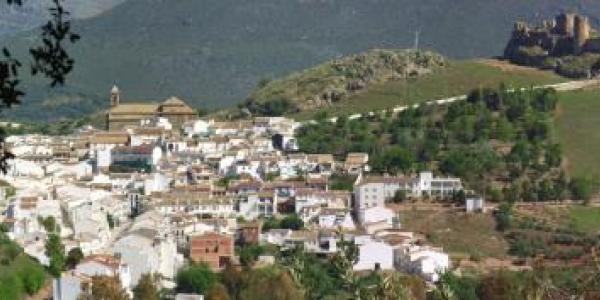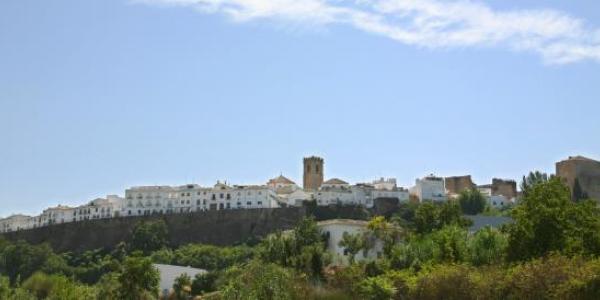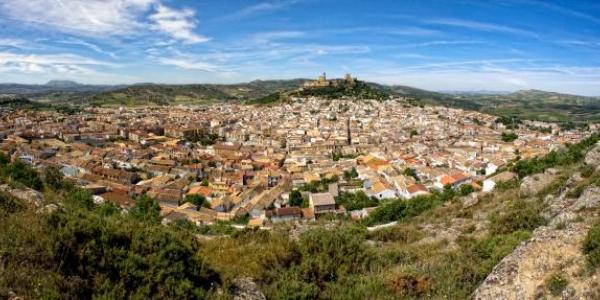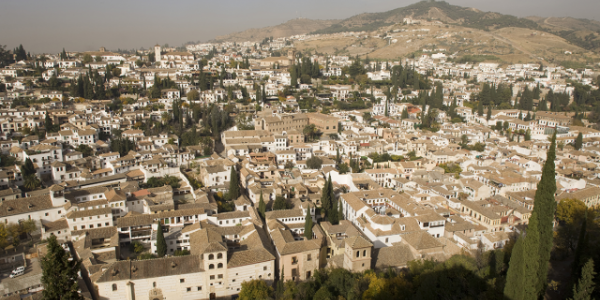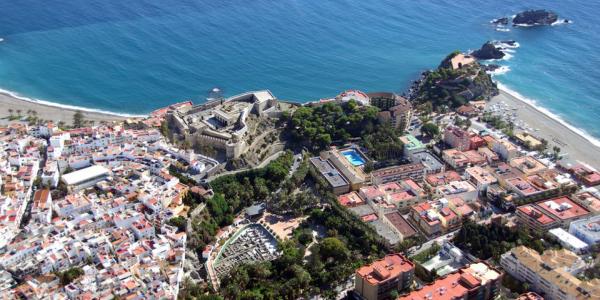History, scenery, art and atmosphere come together in one of the most captivating cities, where light, air and colour create a gamut of sensations on the banks of the Guadalquivir, -big river in Arabic-. It flourished in the times of Tartessos and Rome and achieved the rank of what might be termed metropolis in the course of the nearly 550 years of Arab-Muslim history.
Capital of the city of al-Andalus for a very short time, under the name of Isbiliya, still treasures today various monuments from the Umayyad period. Of the ancient mosque of Umar Ibn Adabbas (now the collegiate church of San Salvador), which received the faithful from 829 to 1182, we can still see part of its minaret, possibly the oldest in al-Andalus, and two galleries of the Orange-Tree Courtyard, though greatly transformed, as well as being able to deduce to some extent its size and orientation.
Seville ranked among the most important cities in Europe. The decline of the brilliant Muslim period of Isbiliya occurred in 1248, upon its surrender to Ferdinand III. The whole Lower Guadalquivir river fell together with Seville. It therefore, once again, became the seat of Princes and its history and legend associated in a special way with the figure of Pedro I, who formed a happy synthesis in his Sevillian court by assimilating the influences of Muslim Spain. With the discovery of America, the city reached its zenith, a new Babel, a melting pot of peoples from all over the World. Golden decades, which ones in decline, led to the century of Romanticism, to the traditional city which delighted travelers with its customs and friendly nature.



